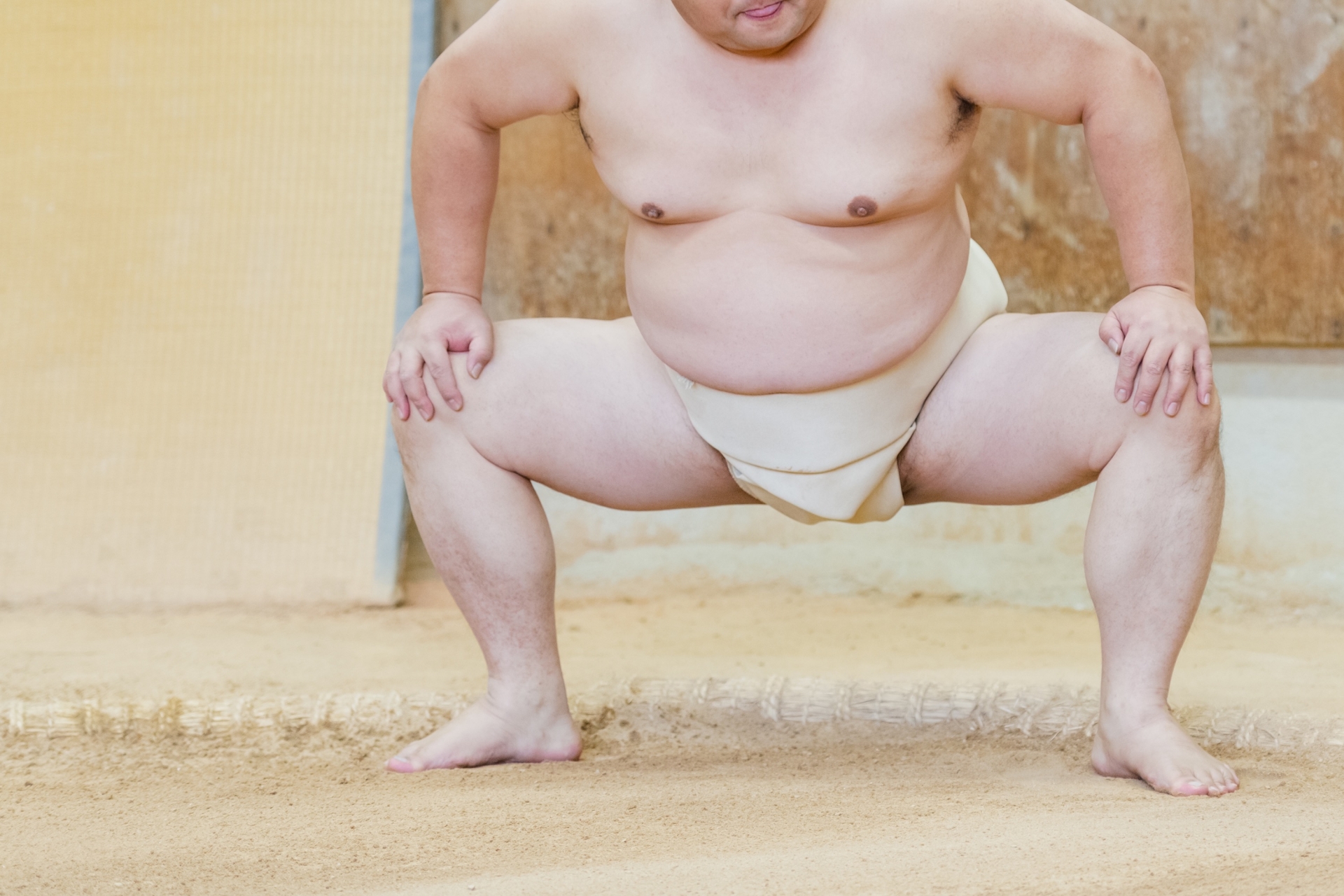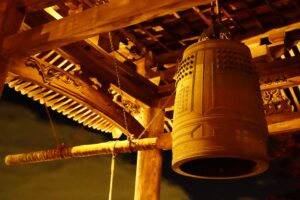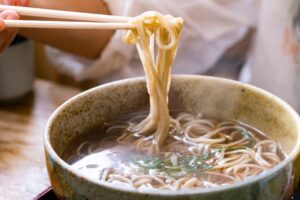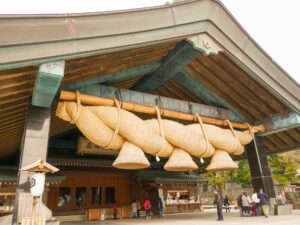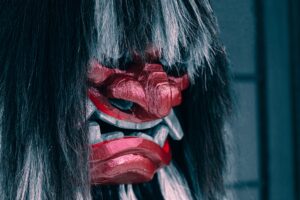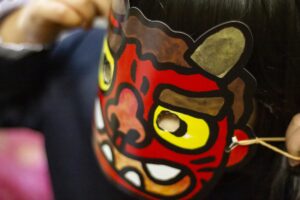Sumo wrestling, a sport deeply rooted in Japanese culture, is more than just a competitive physical contest. It is a tradition steeped in history, with rituals and practices that date back centuries. This article delves into the world of sumo wrestling, offering insights into its origins, the rigorous training and lifestyle of sumo wrestlers, and the cultural importance of this ancient sport.
The Origins and Cultural Significance of Sumo Wrestling
Sumo wrestling, a sport with ancient roots, has played a vital role in Japanese culture for centuries. Beyond being a physical contest, it is intertwined with Japan’s religious and historical traditions, making it a unique symbol of the country’s heritage.
The Historical Evolution of Sumo Wrestling
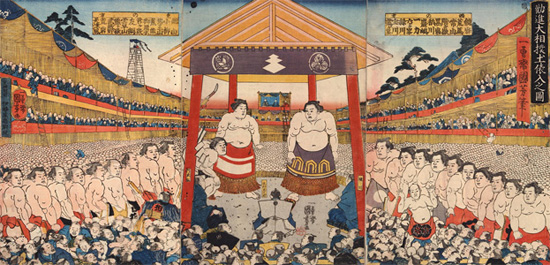
Sumo wrestling is one of the oldest sports in Japan, with origins that trace back over 1,500 years. Initially, sumo was a ritual performed as part of Shinto religious ceremonies to entertain the gods. These early matches were often brutal and had few rules, resembling more of a survival fight than a sport. As the centuries passed, sumo became more structured, especially during the Edo period (1603-1868), when it transformed into the sport we recognize today. The evolution of sumo from a religious rite to a regulated sport reflects its deep cultural roots and enduring significance in Japanese society. Key historical figures, such as the legendary Yokozuna (grand champion) Raiden Tameemon, have played a vital role in shaping the sport and elevating its status within Japan.
Sumo Wrestling as a Cultural Symbol
Sumo wrestling is far more than just a competitive sport; it is a profound symbol of Japanese culture. The rituals performed before each match, such as the throwing of salt to purify the ring, are steeped in Shinto traditions. Sumo is also closely tied to Japan’s national identity, often featured in festivals and ceremonies that celebrate the country’s heritage. The perception of sumo wrestlers within Japanese society is one of respect and honor, as they embody discipline, strength, and the preservation of ancient customs. Internationally, sumo serves as a cultural ambassador, offering a glimpse into Japan’s unique traditions and values.
The Life and Training of a Sumo Wrestler
The path to becoming a sumo wrestler is marked by rigorous training, strict discipline, and a lifestyle steeped in tradition. Wrestlers dedicate their lives to the sport, adhering to a demanding routine that shapes their physical and mental strength.
The Rigorous Training Regimen
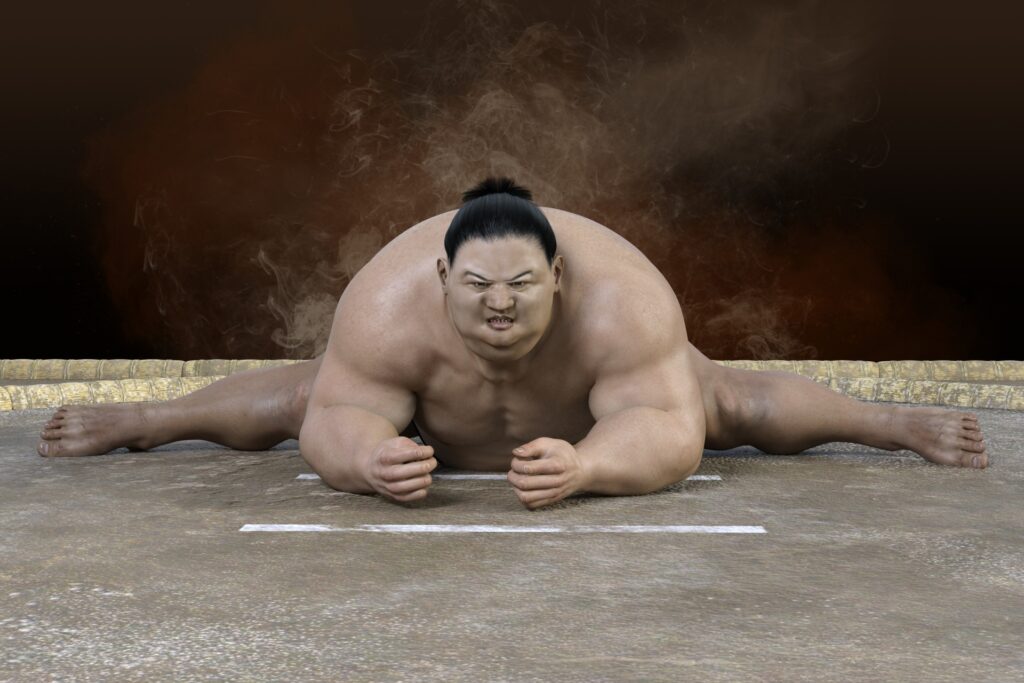
The life of a sumo wrestler is one of intense physical and mental discipline. Training begins early in the morning, often before dawn, and includes a series of demanding exercises designed to build strength, flexibility, and technique. These routines include “shiko” (leg stomping), “matawari” (splits), and practice bouts that mimic actual matches. The training is grueling and requires not only physical endurance but also a strong will. Wrestlers live together in communal environments called “stables,” where their daily routine revolves around improving their sumo abilities and adhering to a strict code of conduct.
Diet and Physical Development
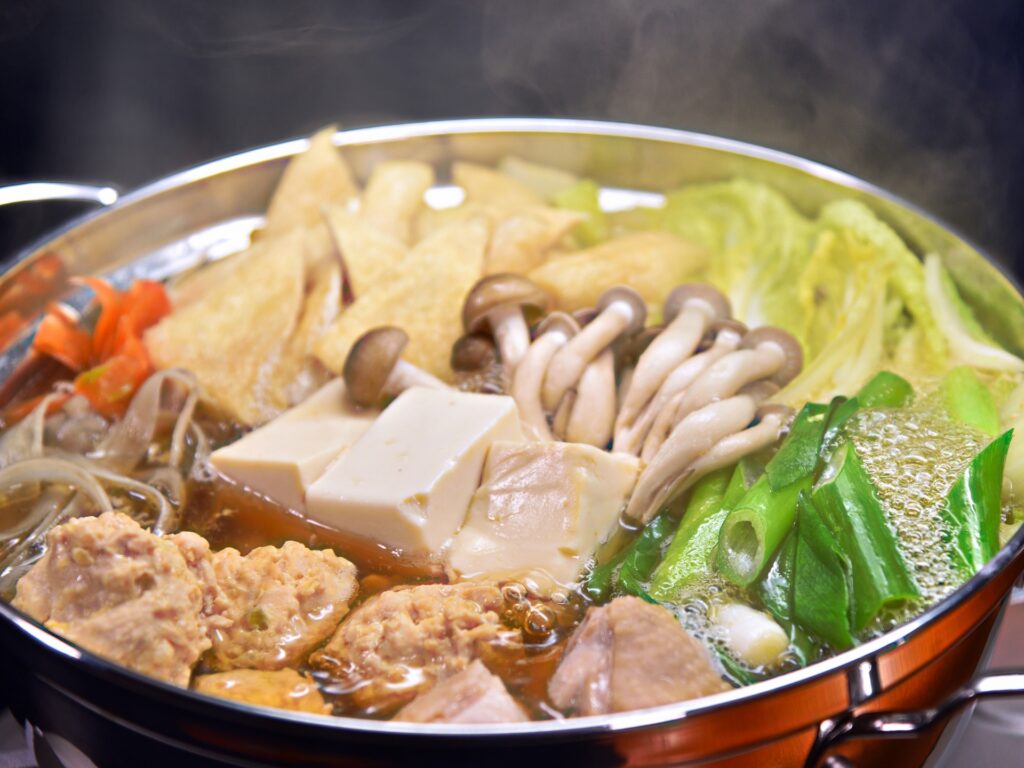
A sumo wrestler’s diet is as unique as the sport itself, with “chanko-nabe,” a nutrient-rich stew, being the cornerstone. This stew, which typically includes vegetables, meat, tofu, and fish, is designed to help wrestlers gain the significant weight needed to compete effectively. A sumo wrestler consumes several large meals throughout the day, often supplemented by additional calories to maintain the high energy levels required for their rigorous training. The goal of this diet is to build mass while maintaining the agility needed for quick movements in the ring.
Life Inside the Sumo Stable
Sumo stables are hierarchical, with clear roles and responsibilities. New trainees, often referred to as “rikishi,” start at the bottom, performing tasks such as cooking and cleaning, which teaches them humility and discipline. Over time, as they prove their skills and dedication, they move up in the ranks. The stablemaster, usually a retired sumo wrestler, oversees all training and daily operations, ensuring that the traditions of sumo are upheld. This communal living environment fosters a strong sense of brotherhood among the wrestlers, but it also enforces a rigid structure that shapes their entire lifestyle.
Rules, Techniques, and Challenges in Sumo Wrestling
Sumo wrestling is a sport governed by a set of strict rules and techniques, each with deep cultural significance. However, the physical demands and health challenges faced by wrestlers highlight the intense nature of this ancient sport.
Understanding the Rules and Techniques
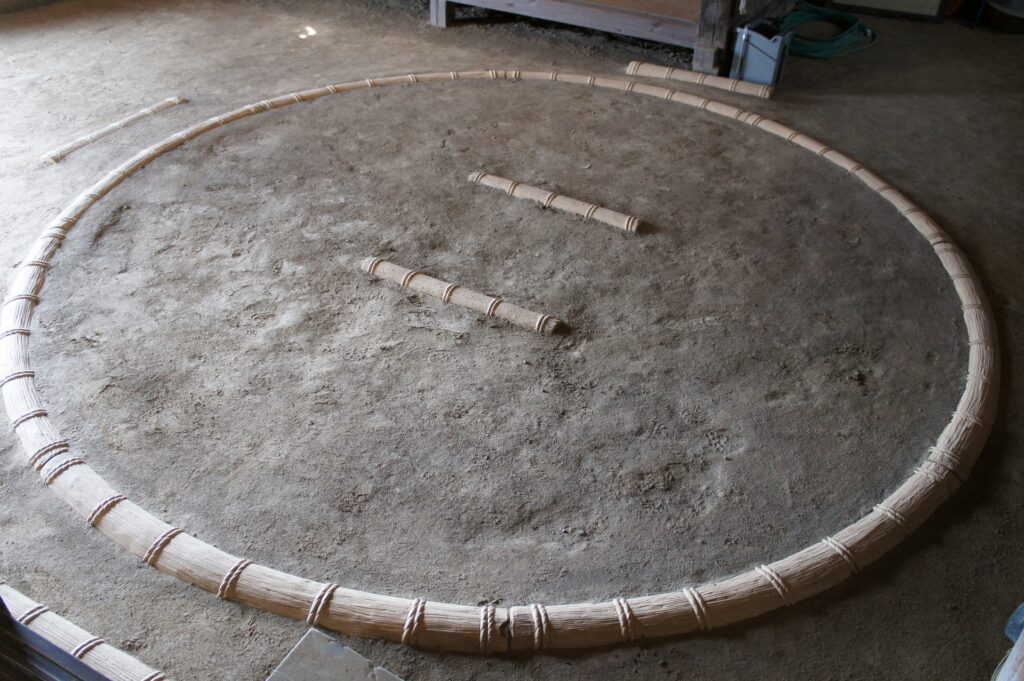
Sumo matches may be brief, but they are governed by strict rules and steeped in ritual. A match is won when one wrestler forces his opponent out of the ring or causes him to touch the ground with any part of his body other than the soles of his feet. Techniques vary widely, from “oshi-dashi” (pushing the opponent out) to more complex maneuvers like “uwatenage” (overarm throw). These techniques require not only brute strength but also strategy and quick reflexes, making sumo a sport of both physical and mental prowess.
Health Issues Faced by Sumo Wrestlers
The physical demands of sumo wrestling come with significant health risks. Wrestlers often face issues such as obesity, which can lead to cardiovascular problems and diabetes. The intense strain on their joints, particularly the knees and lower back, can cause long-term damage, sometimes requiring surgery. Despite these challenges, many sumo wrestlers continue their careers due to the sport’s cultural importance and the prestige associated with achieving high ranks.
The Future and Post-Retirement Life of Sumo Wrestlers
As sumo wrestling continues to evolve, wrestlers face new challenges both during and after their careers. The future of sumo lies in balancing tradition with modernity, ensuring that this ancient sport remains relevant in a changing world.
Post-Retirement Life of Sumo Wrestlers
Retirement from sumo wrestling marks a significant transition. Many retired wrestlers remain in the sport as stablemasters, coaches, or referees, passing on their knowledge to the next generation. Others venture into different careers, such as opening restaurants or becoming sports commentators. However, adjusting to life outside the ring can be challenging, as the strict lifestyle and physical demands of sumo leave a lasting impact. The support of the sumo community and fans often plays a crucial role in helping retired wrestlers navigate this new chapter of their lives.
The Future of Sumo Wrestling
Sumo wrestling faces the challenge of balancing tradition with modernity. As Japan becomes more globalized, there is increasing interest in promoting sumo internationally, including efforts to recruit foreign wrestlers and host tournaments outside Japan. However, these efforts must be carefully managed to preserve the sport’s cultural integrity. The future of sumo lies in maintaining its rich traditions while adapting to a changing world, ensuring that it continues to be a beloved symbol of Japanese heritage.

